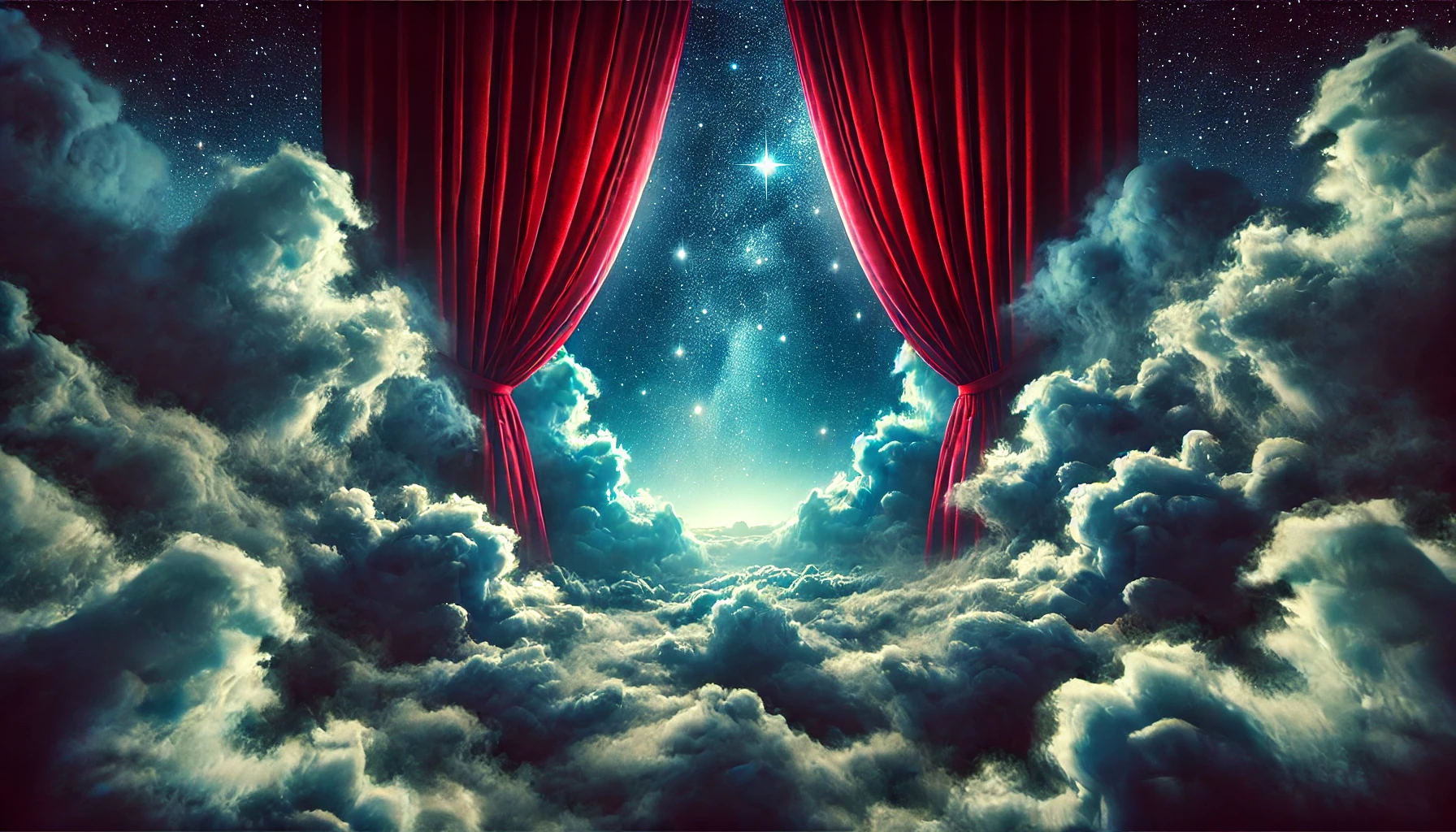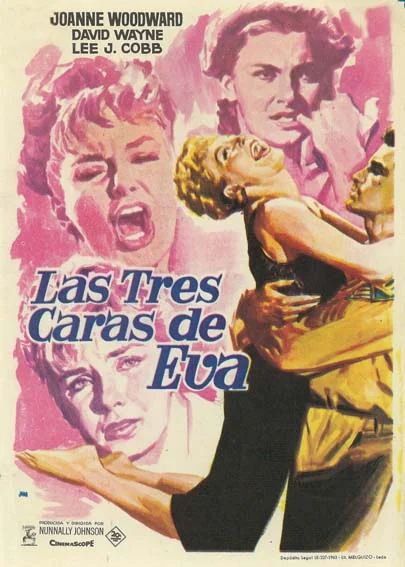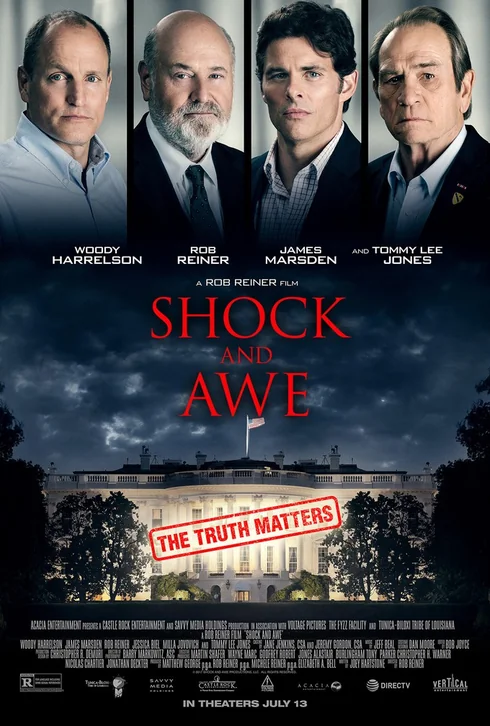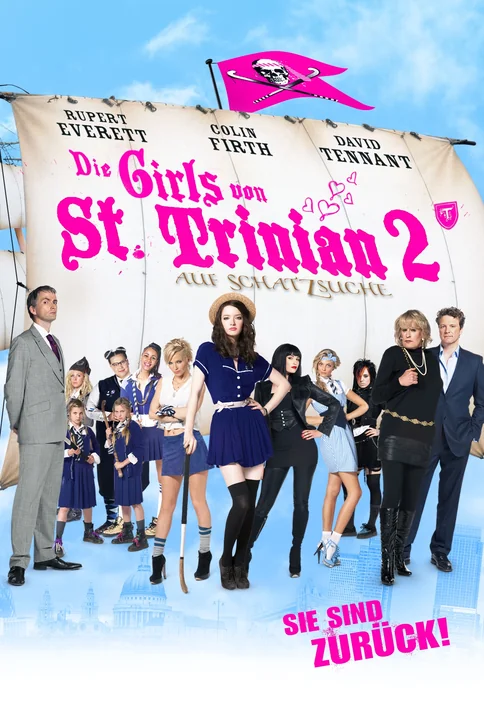🎯 Quick Overview
Trailer
- Director: David Lean
- Genre: War, Drama, Adventure
- Release year: 1957
- Runtime (length): 2h 41min
- IMDb rating: 8.4/10 (248K votes)
- Rotten Tomatoes: 96%
😅 Plot Summary – Badly Explained
A stubborn British colonel builds the best darn bridge ever for the enemy, not realizing his vacationing American buddy is about to blow it all to smithereens.
🍿 The Bridge on the River Kwai: Detailed Plot Synopsis
Arrival at the POW Camp
In 1943 Burma, British prisoners of war arrive at a Japanese POW camp commanded by Colonel Saito. The prisoners are led by Colonel Nicholson, a rigid and disciplined officer. Saito informs them they will be building a railway bridge across the River Kwai, a crucial link for the Japanese war effort. Nicholson insists his officers are exempt from manual labor according to the Geneva Convention, leading to a tense standoff.

The Battle of Wills
Saito demands the officers work, but Nicholson refuses, leading to severe punishment. Nicholson and his officers endure harsh conditions, including solitary confinement and intense heat. Meanwhile, the construction of the bridge falls behind schedule due to sabotage by the prisoners. Saito, facing immense pressure and the threat of ritual suicide (Seppuku), eventually relents and releases Nicholson, allowing the officers to oversee the bridge construction.

Building the Bridge
Nicholson, driven by a desire to maintain morale and demonstrate British superiority, takes charge of the bridge construction. He instills discipline and pride in his men, transforming the project into a symbol of British ingenuity. They build a technically superior bridge. Nicholson becomes increasingly obsessed with the bridge, losing sight of its strategic value to the enemy.
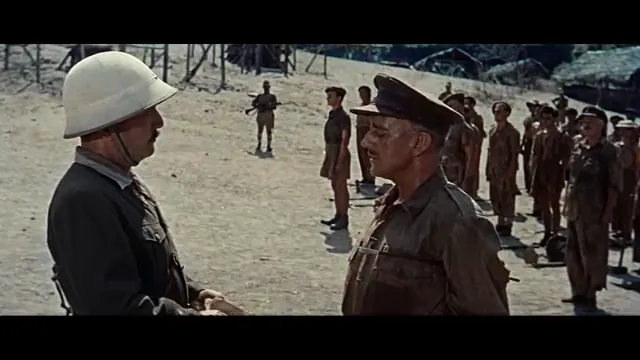
Shears’ Escape and Return
Meanwhile, U.S. Navy Commander Shears escapes from the camp. He is later recruited by Major Warden to join a commando mission to destroy the bridge. Shears, initially reluctant, is forced to participate. The commandos, assisted by local Burmese, navigate the jungle towards the River Kwai, facing numerous challenges along the way. They plant explosives to destroy the bridge.
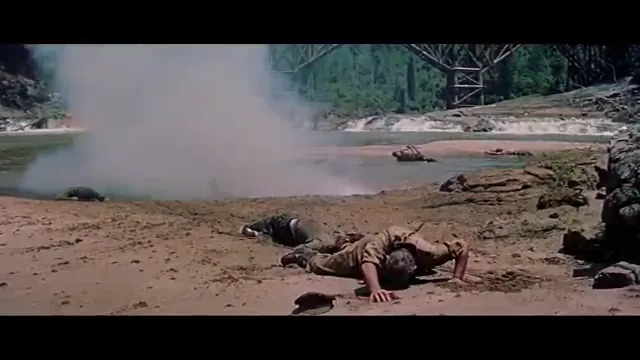
⚠️ Spoilers and Ending Explained
🎬 Cast & Characters
- Colonel Nicholson (Alec Guinness): A rigid and prideful British officer who becomes obsessed with building a perfect bridge, blinding him to its strategic value for the enemy.
- Colonel Saito (Sessue Hayakawa): The conflicted Japanese commandant driven by a fear of failure and a rigid adherence to his cultural code.
- Shears (William Holden): An American Navy Commander (actually an enlisted man) who escapes the POW camp but is coerced into returning to destroy the bridge.
- Major Warden (Jack Hawkins): The determined British Major leading the commando mission to destroy the bridge, focused on the mission above all else.
- Major Clipton (James Donald): The British medical officer who serves as the moral compass, recognizing the futility and madness of the situation.
- Lieutenant Joyce (Geoffrey Horne): A young, inexperienced commando who struggles with the realities of war and killing.
💬 Memorable Quotes
- Colonel Nicholson: “Are you trying to tell me that the Japanese Army is not capable of building a bridge?” – Said to undermine Colonel Saito’s authority and subtly assert British engineering superiority.
- Colonel Nicholson: “One day the war will be over, and I hope that the people who use this bridge in years to come will remember that it was built by British soldiers.” – Reflects Nicholson’s misguided sense of legacy and the enduring mark he wants to leave.
- Shears: “I’m not going back to that hellhole.” – Expresses Shears’ desperate desire to avoid returning to the POW camp after his escape.
- Colonel Nicholson: “What have I done?” – Nicholson’s final realization of his folly and the tragic consequences of his actions.
- Major Clipton: “Madness! Madness!” – Uttered in disbelief and horror at the senseless destruction and loss of life, encapsulating the futility of war.
💰Box Office
- Budget: $3,000,000
- Domestic Gross: $27,200,000
- Worldwide Gross: $27,201,366
💥 The Bridge on the River Kwai Reviews
Personal Review
I remember watching this with my grandpa, and the sheer scale of it blew my mind. Alec Guinness’s performance as Colonel Nicholson is etched in my memory – you kind of hate him, but you also understand him. The scene where he walks out of the ‘oven’ after Saito tries to break him is unforgettable. It is a movie I will never forget. Just thinking about it makes me want to whistle the Colonel Bogey March! The ending? Heartbreaking.
- Who would enjoy:
- “Fans of classic war films”
- “Those interested in character-driven dramas”
- “Viewers who appreciate epic storytelling”
- “History enthusiasts interested in World War II films”
- Content warnings ⚠:
- “War violence”
- “Themes of captivity and forced labor”
- “Psychological distress”
- “Some scenes of torture”
Professional Reviews
- The New York Times: “David Lean crafts a visually stunning and emotionally resonant war epic. Guinness delivers a career-defining performance as the prideful Nicholson, while the film explores the absurdities and tragic consequences of war with profound depth. A must-see cinematic achievement.
- Variety: “A gripping and powerful war drama. Alec Guinness is superb, and Lean’s direction is masterful. The film’s examination of duty, honor, and the human cost of conflict is both thought-provoking and deeply affecting. A true cinematic classic.
- Sight & Sound: “Lean’s epic spectacle doesn’t shy away from exploring complex themes of human fallibility. Though the film romanticizes certain aspects of war, its exploration of Nicholson’s descent into obsession and the futility of conflict still resonates, creating a powerful viewing experience.
Audience Reactions
The performances, particularly Alec Guinness, are just top-notch.: Viewers consistently praise the exceptional acting, the film’s epic scope, and David Lean’s masterful direction.
The whistling theme is so catchy!: Many people agree on the film’s ability to provoke thought on themes like pride, duty and the absurdity of war.
Overall Consensus: A monumental war film lauded for its compelling performances, stunning visuals, and thought-provoking exploration of human nature amidst the chaos of war.
Awards
- Academy Award (Best Picture)- 1958
- Academy Award (Best Director)- 1958
- Academy Award (Best Actor)- 1958
- Academy Award (Best Adapted Screenplay)- 1958
- Academy Award (Best Cinematography)- 1958
- Academy Award (Best Film Editing)- 1958
- Academy Award (Best Original Score)- 1958
- Golden Globe (Best Motion Picture – Drama)- 1958
- Golden Globe (Best Director)- 1958
- Golden Globe (Best Actor – Motion Picture Drama)- 1958
🛠️ Behind the Scenes
- “The film was loosely based on the real events of the construction of the Burma Railway during World War II.”
- “Alec Guinness initially turned down the role of Colonel Nicholson because he didn’t think he was right for it. David Lean personally convinced him to take it.”
- “The whistling tune, ‘Colonel Bogey March,’ became a massive hit after the film’s release, even though it was a pre-existing British marching song.”
- “The bridge was constructed in Sri Lanka, and its destruction was a real explosion. The filmmakers only had one chance to get it right, making it a very tense scene to film.”
- “Both Michael Wilson and Carl Foreman were blacklisted in Hollywood during the McCarthy era, so they didn’t receive official screen credit for their work on the screenplay for many years.”
🖥️ How to Watch The Bridge on the River Kwai?
As a classic film, The Bridge on the River Kwai is widely available. You can rent or purchase it on platforms like Amazon Prime Video, Apple TV, and Google Play Movies. Check your local listings for possible television airings. It is also available for purchase on DVD and Blu-ray for physical media collectors.
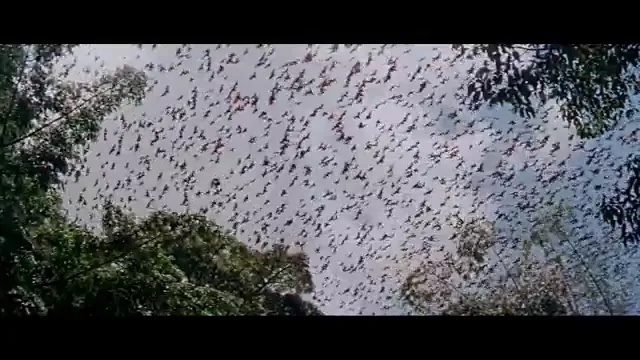
🎥 Similar Movies
If you enjoyed The Bridge on the River Kwai, you might like these similar films:
- Stalag 17 (1953): Shares the POW camp setting and explores themes of survival and suspicion among prisoners.
- The Great Escape (1963): Focuses on Allied POWs and their elaborate plan to escape a German prison camp, showcasing themes of resilience and defiance.
- Apocalypse Now (1979): Features a mission into the jungle during the Vietnam War, highlighting the psychological toll of war and the descent into madness.
- Unbroken (2014): Depicts the brutal experiences of an American Olympian as a Japanese prisoner of war, emphasizing his resilience and determination to survive.
- Das Boot (1981): Presents a claustrophobic and intense depiction of war, focusing on the psychological strain on the crew of a German U-boat during World War II.
🛒 The Bridge on the River Kwai Related Products
- The Bridge on the River Kwai (Collector’s Edition) [4K Ultra HD]: Experience the film in stunning 4K resolution with enhanced audio. This edition includes behind-the-scenes documentaries, interviews, and deleted scenes.
- The Man Behind the Bridge: The Man Behind the Bridge follows Lt-Col. Toosey’s war service and his subsequent fight to put the record straight after the unflattering depiction of him in the popular movie. A thrilling story of courage, ingenuity and survival against all the odds.
- David Lean Collection: Contains three classics of David Lean. Lawrence of Arabia (1962), Doctor Zhivago (1965) and The Bridge on the River Kwai (1957).
- The Bridge on the River Kwai (Original Motion Picture Soundtrack): Relive the iconic music from the film, including the memorable “Colonel Bogey March,” arranged by Malcolm Arnold. Includes the full score.
🎧 Soundtrack
The Bridge on the River Kwai features a captivating soundtrack that enhances the movie’s atmosphere and emotional impact. Here are some notable tracks:
- “Colonel Bogey March” – performed by Kenneth Alford
- “The River Kwai March” – performed by Malcolm Arnold
You can find the complete soundtrack on Amazon Music and Apple Music.
🤨 FAQ
The film is loosely based on the novel of the same name by Pierre Boulle, which was inspired by the real construction of the Burma Railway during World War II. However, the characters and specific events depicted in the film are largely fictionalized.
The ending signifies the futility of war and the destructive nature of pride and obsession. Nicholson’s realization of his misguided actions comes too late, resulting in the destruction of the bridge and the loss of many lives. The final line, “Madness! … Madness!”, underscores the irrationality and senselessness of war.
The film was primarily shot in Ceylon (now Sri Lanka). The bridge itself was constructed specifically for the film near Kitulgala, a town in the west of the country. Some scenes were also filmed in England.
Colonel Nicholson’s motivations are complex. He initially opposes working as a point of principle, but then sees constructing a superior bridge as a way to maintain his men’s morale, demonstrate British superiority, and leave a lasting legacy of British ingenuity, even in captivity. Ultimately, it becomes an obsession that blinds him to the strategic consequences.
🔥 Bonus Content
The Bridge on the River Kwai Commentary
Curious about the hidden depths of ‘The Bridge on the River Kwai’? This commentary will take you on a captivating journey, revealing untold stories and enriching your cinematic experience.
7 deceased Bridge on the River Kwai actors (part 1)
Remember the iconic faces from ‘The Bridge on the River Kwai’? This poignant video pays homage to the departed actors, reminding us of their timeless performances.
Who Was The Real Hero of The Bridge On The River Kwai?
Ever wonder about the real inspiration behind ‘The Bridge on the River Kwai’? This video uncovers the fascinating true story, shedding new light on the events that shaped the iconic film.
✨ Rate
There are no reviews yet. Be the first one to write one.

